Since the 2024 presidential election, America has been braced for violence from the political far-left — and with good reason. Extremists like antifa, the “anti-fascist” group, are explicitly aggressive. They think looting, arson and intimidation are all acceptable, and until very recently they’ve had the support of the establishment. For a decade their liberal allies gave antifa carte blanche to cause criminal damage in the name of “resisting fascism” or opposing racism. So where is antifa now? What is it planning? It’s an understandable concern.
The citizens of Portland remember all too well the bouts of rioting and violence by Black Lives Matter-antifa in November 2016, when Hillary Clinton lost to Trump. More than a million dollars in damage was inflicted on just the first night. In the run-up to the 2024 election, Portland residents assumed the worst and began to board up their shop fronts and leave town. Businesses in San Francisco, Oakland and other liberal cities followed suit. In Washington DC residents recalled 2017 when hundreds of black-clad antifa militants smashed up property and started fires, and prepared for trouble.
But the night of Trump’s victory came and went peacefully and even on inauguration day, there were no serious riots in Washington.
It’s hard to believe that antifa and its idea of violent resistance have simply melted away. But things have definitely changed.
The first obvious difference is that the Overton window on Trump has shifted — the range of acceptable views on him has entirely altered. From 2016 to 2020, far-left extremists could count on mainstream anti-Trump sentiment, and they could use that antipathy as cover for violent protest. Histrionic lies about Trump being a fascist dictator resonated with the mainstream left. Trump was an unknown in politics so ill-informed people were easily misled. Lies and distorted facts flew around on social media and on TV. Democrats who would normally think of themselves as peaceful looked the other way when fellow-travelers committed violence for the right causes.
Some Democrats still try to fearmonger. Claims about MAGA “fascism” were central to the Democrats’ presidential campaign strategy. Kamala Harris unequivocally declared she believed Trump to be a “fascist” in October, and the press shamelessly branded his rallies “Nazi” gatherings. But the strategy ultimately failed at the ballot box because the public knew better. Four years of the first Trump administration and another four years of his being in the public eye had neutralized the most excessive anti-MAGA fear mongering.
Antifa’s decline can also be explained in part by liberal buyer’s remorse. Some who chose to endorse BLM in 2020 were shocked and chastened when several leaders of Black Lives Matter groups were convicted of fraud and money-laundering, and were revealed to have spent millions on luxury homes in Los Angeles and Toronto.
Liberals across America might still call Trump a racist but they remember how their own neighborhoods were occupied and set on fire. They remember what happens when you actually succeed in defunding the police. No one wants another surge in homicides, overdoses and violence. Even states like Washington, Oregon and California have since reversed their once-radical laws, and the politicians who championed pro-crime legislation have mostly been voted out of office.
Crucially, George Soros-funded district attorneys have been fired by voters in favor of more moderate candidates. In Seattle, Republican lawyer Ann Davison defeated Democrat Nicole Thomas-Kennedy. Thomas-Kennedy was a vocal supporter of the violent 2020 riots and some of her social media posts were about looking for land for an antifa autonomous zone.
Former County district attorney Mike Schmidt is a progressive who chose not to prosecute over 90 percent of the hundreds of antifa rioters arrested in Portland during the uprisings. Last year he lost his re election bid to moderate Nathan Vasquez.
Then there’s Elon Musk. Following his takeover of Twitter, now X, in October 2022, many key antifa accounts involved in organizing, recruiting and disseminating propaganda and fundraising were suspended for violating rules against inciting violence. These accounts should have been suspended under the previous regime, but as the Twitter Files revealed, the company had a left-wing political culture and policies were unevenly applied.
In November 2022, after I reported on the violent extremists of CrimethInc., an antifa extremist collective that produces guides on why and how to commit violent crimes, Musk suspended their account. Other accounts escaped suspension but chose to de-platform themselves from X. They feared their private messages could be accessed and turned over to law enforcement. Most of them relocated first to Mastodon, and are now at Bluesky, two smaller Twitter alternatives where leftist violence and death threats are tolerated.
There have also been convictions. Though most of the far-left extremists who violently terrorized American cities four years ago were able to escape accountability with the aid of corrupt prosecutors, enough of them were eventually convicted to act as a deterrent to other potential antifa recruits.
Following years of investigation and a month-long felony conspiracy trial in June 2024 in San Diego County, prosecutors successfully dismantled an antifa cell for the first time in US history. All twelve charged members of SoCal Antifa were convicted through trial or plea deals. San Diego Superior Court Judge Daniel Goldstein sentenced six of them to jail terms, rejecting their attorneys’ pleas for probation or suspended sentences. Five other co-defendants were sent to state prison. One antifa member was spared jail for cooperating in the investigation against his comrades.
The trial, little noticed in the national media, exposed encrypted Signal messages and DMs demonstrating how the cell coordinated and planned to commit violence against Trump supporters and the public at Pacific Beach in January 2021.
Just weeks later, Alissa Azar, an antifa “ringleader” at riots in Portland in 2020 and 2021, was held accountable by a neighboring county’s district attorney. The trial in Clackamas County exposed how Azar had worked with co-conspirators to commit organized violence. And in January of this year, a Pittsburgh couple were sentenced in federal court over an explosives attack on law enforcement at the University of Pittsburgh in 2023 outside an event featuring conservative speakers. Brian DiPippa was sentenced to five years in prison in a plea deal, while his wife, Krystal Martinez-DiPippa, received probation.
This stream of convictions has shattered antifa’s feeling of invulnerability. It now shies away from the online organizing that once attracted so many new recruits.
Antifa may have experienced setbacks, but Americans are right to still be concerned. There’s evidence to suggest that it hasn’t given up so much as changed its tactics. Instead of organizing large riots where it risks being charged with conspiracy, the plan now is for a few individuals to commit unpublicized, targeted attacks. If an attack is successful, antifa will then claim responsibility.
On May Day last year, a Portland Antifa blog post claimed responsibility for destroying seventeen police vehicles in a large arson attack. The perpetrators have still not been arrested. The arson attacks occurred as far-left extremists besieged campuses in support of Hamas and Gaza, but the attempt at starting a mass student uprising fizzled out after days.
In addition, last summer, a police vehicle at the University of California, Berkeley, was destroyed with six homemade explosive devices. Indicted suspect Casey Robert Goonan, an African studies PhD and antifa activist, allegedly sent a claim of responsibility to a radical antifa-linked blog before authorities identified and caught him. Goonan pleaded guilty to the attack in January 2025.
Though election night 2024 came and went without the feared mass unrest, antifa did, in fact, try to commit violence. In Seattle, several dozen black-clad antifa gathered in the Capitol Hill neighborhood, the same area they besieged for weeks as “CHAZ” in 2020. But this time they were shut down and arrested by police as soon as they began vandalizing property. In Portland, an even smaller group gathered and then dispersed after failing to build enough momentum for a rampage through the city center.
On inauguration day, Portland Antifa launched its best efforts at three smaller-scale violent direct actions in Portland. It smashed up the Multnomah County Elections building, tried — and failed — to start fires outside the local Immigration and Customs Enforcement office and, finally, participants were arrested while spray-painting downtown property.
On its blogs and Bluesky accounts, antifa extremists continue to discuss how to mobilize for the second Trump administration. Their efforts appear to be focused on sabotaging federal attempts to remove illegal foreign nationals.
“If we play our cards right, we should be able to force Democrat-controlled local and state governments and agencies to refuse to cooperate with at least some of Trump’s programs,” CrimethInc. declared in a November 2024 blog post. To that end, it will mobilize propagandists to try to capture a photo or video, accompanied by misleading details or lies, to manipulate the masses. This tactic has worked many times.
In 2018, the image of a crying Honduran child at the US-Mexico border was falsely reported as a child being ripped from her mother by racist border agents. The photo inspired mass numbers of people to donate millions to open-border groups, and to occupy and even attack Immigration and Customs Enforcement facilities across the country.
In 2020, the video of George Floyd dying was used as the spark for months of deadly riots. “[Donald Trump] lost the 2020 elections as a consequence of disruptive protests, and he won the 2024 election in part because those died off,” CrimethInc. claims. Some on the far left are even quietly excited about a second Trump administration as they believe it could be their opportunity to re-radicalize liberals in the streets.
Antifa today is not the same as it was in 2016 or 2020 but neither is Trump. He has this time surrounded himself with loyalists who share his agenda. In 2020 Trump declared that his administration would treat antifa as a “terrorist organization.” But his then-attorney general, establishment Republican Bill Barr, appeared to have disagreed.
The Department of Justice at the time did not pursue any RICO or federal conspiracy charges against violent antifa suspects. In fact, it moved to dismiss many cases or even gave sweetheart deferred resolutions to some of the most violent convicts who attacked federal property and injured federal officers in Portland. Similarly, FBI director Christopher Wray appeared to downplay the seriousness of antifa criminal organizing by describing it as just an “ideology” in 2020.
Pam Bondi, the new attorney general, has a long record in law enforcement in Florida. She served in Trump’s last administration and stood by him even as Barr and other Republicans abandoned Trump over the January 6 riots.
If Trump stands by his prior conviction that antifa is a domestic terrorist organization, Bondi, with the aid of FBI director nominee Kash Patel, can be expected to follow through. Antifa hasn’t disappeared, but this time, Trump is altogether savvier about it, and more serious.
Andy Ngo is a senior editor at the Post Millennial and is the author of the New York Times bestseller Unmasked: Inside Antifa’s Radical Plan to Destroy Democracy. This article was originally published in The Spectator’s March 2025 World edition.












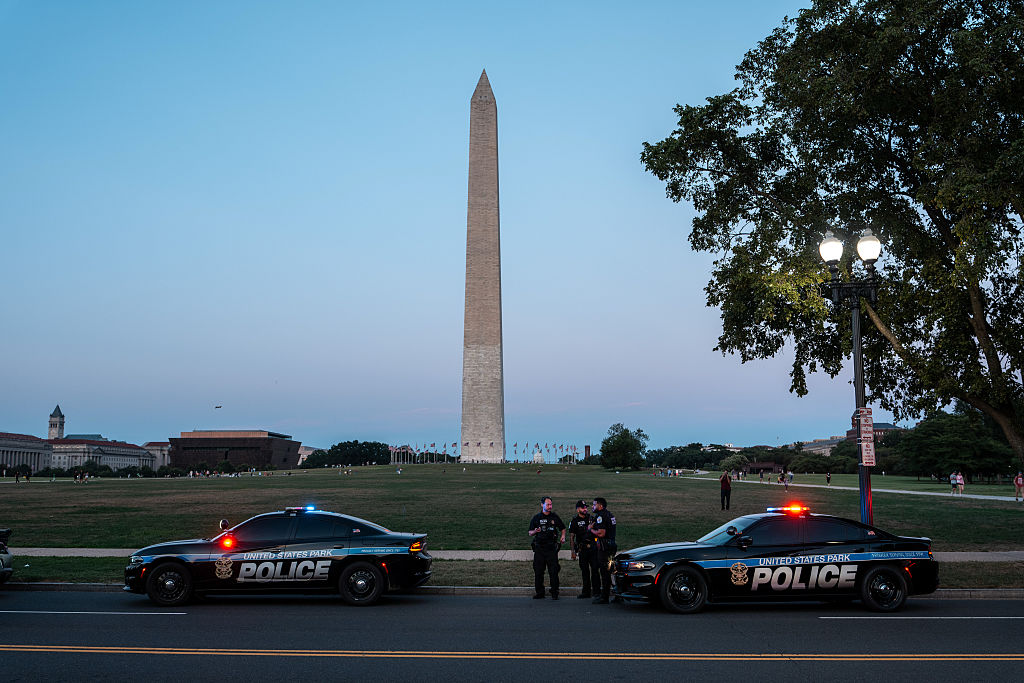
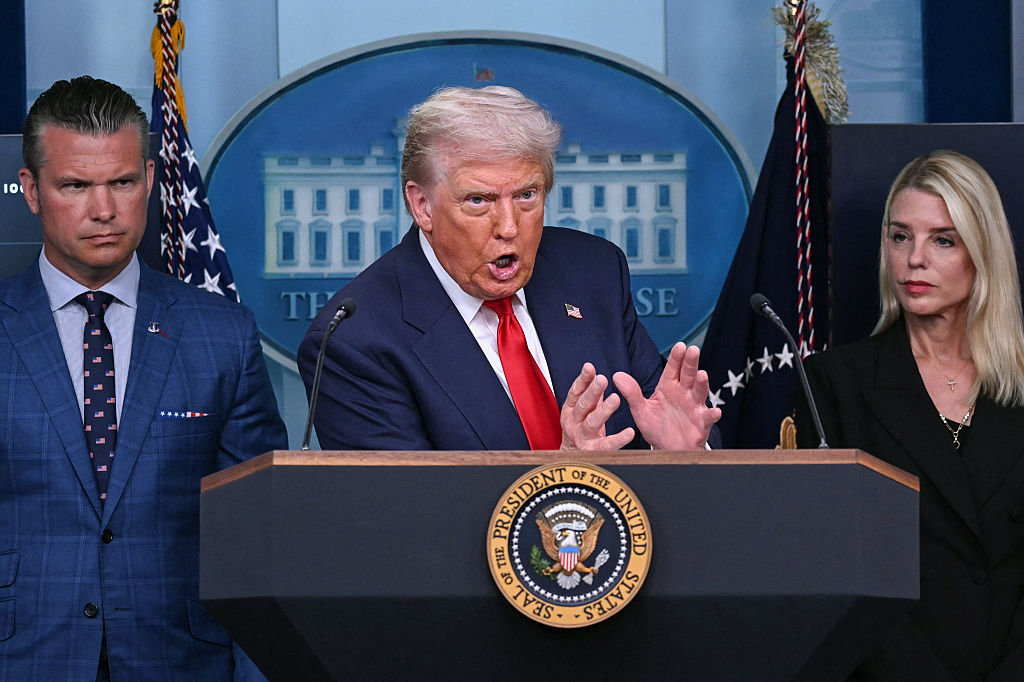

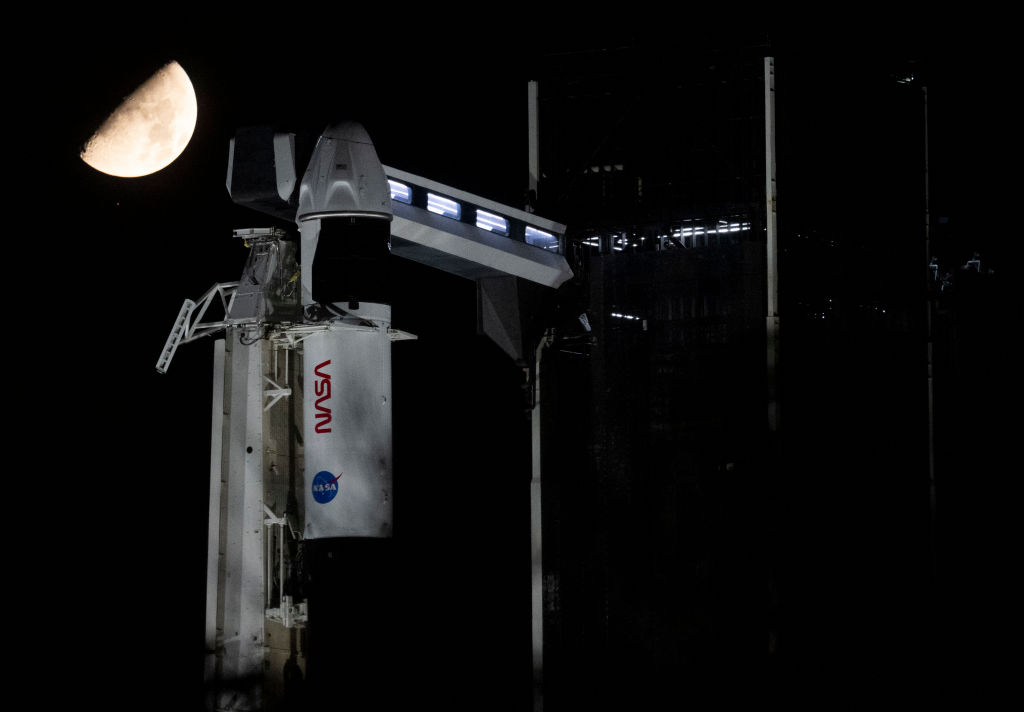

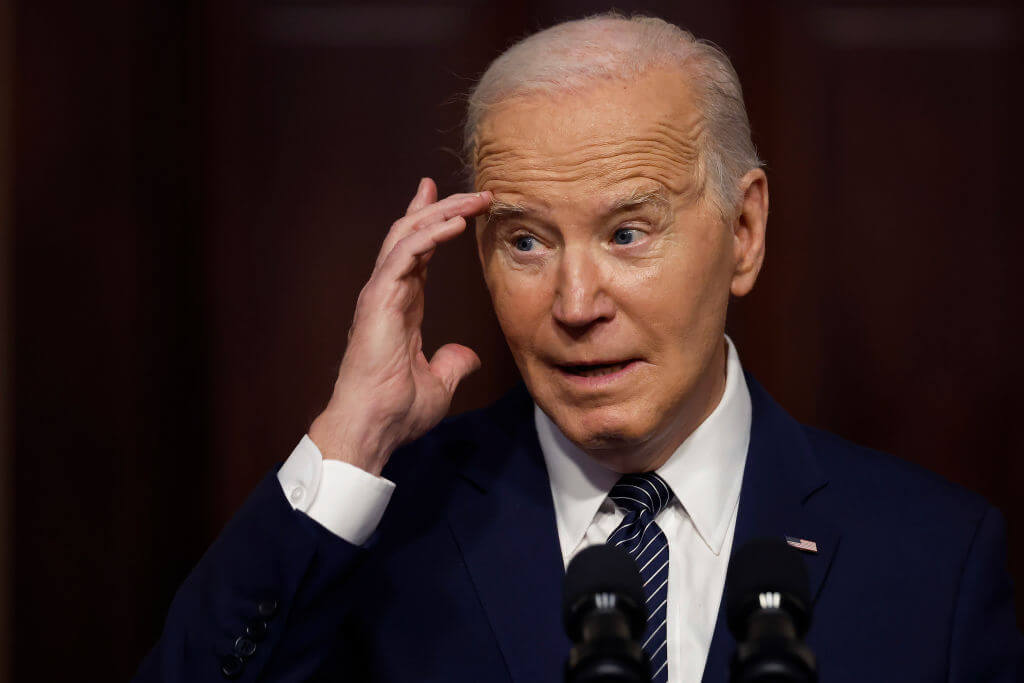



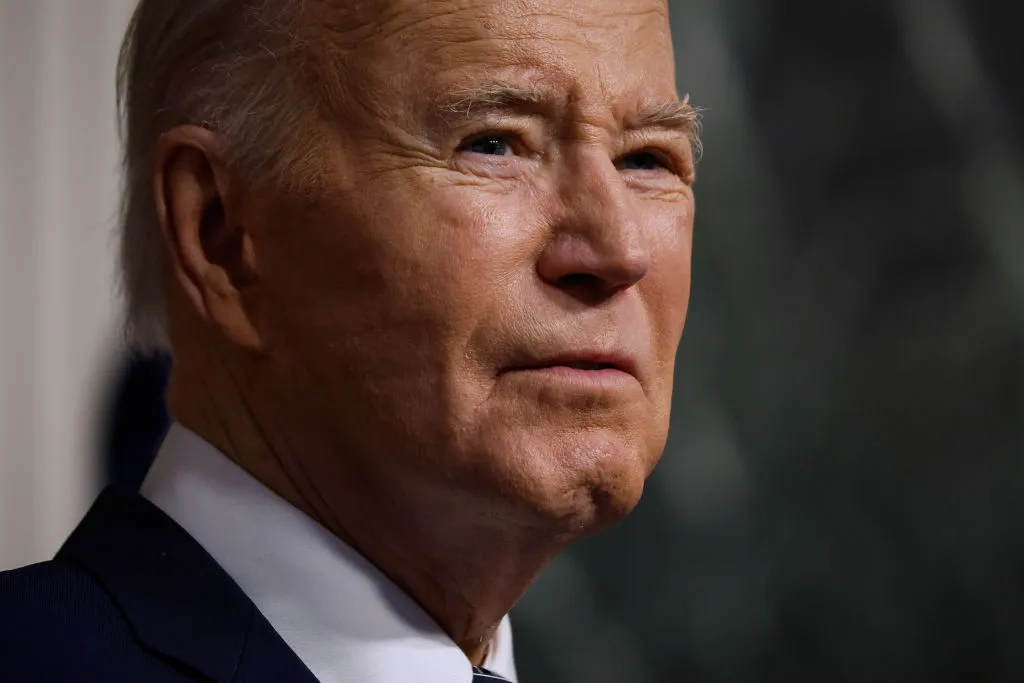

Leave a Reply